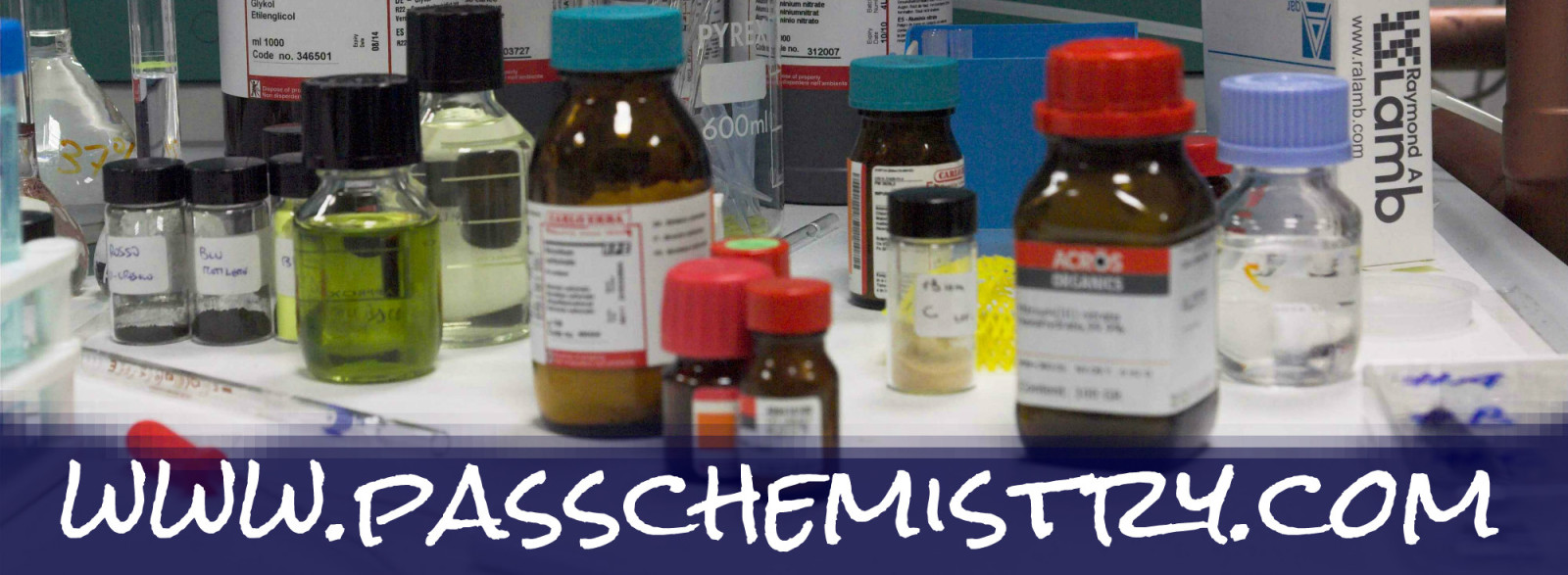Ch. 3: Matter and Energy
After studying this chapter you should be able to:
- Define matter and give examples of things which are matter and examples of things which are not matter
- Describe the energy, particle arrangement, distance between the particles, and characteristics of matter in the solid, liquid, and gas state
- Name the phase changes between the solid, liquid, and gas states
- Classify matter as a pure substance (element or compound) or mixture (heterogeneous or homogeneous)
- Distinguish between physical and chemical properties of matter
- Distinguish between physical and chemical changes of matter
- List signs that a chemical change has happened
- Name methods used to separate mixtures
- Understand the law of conservation of matter
- Understand the law of conservation of energy
- Distinguish between kinetic and potential energy
- Know the units used for energy calculations and convert between energy units
- Distinguish between exothermic and endothermic reactions
- Perform conversions between units of temperature (Kelvin, Celsius, and Fahrenheit)
- Perform specific heat calculations
